Rising Demand for Soil Amendments
The rising demand for effective soil amendments is a crucial driver for the Enriched Biochar Market. As soil degradation becomes a pressing issue, the need for solutions that restore soil health is paramount. Biochar has been shown to improve soil structure, enhance nutrient availability, and promote microbial activity. Market data indicates that the soil amendment segment is expected to grow at a compound annual growth rate of over 10% in the coming years. This trend underscores the potential of the Enriched Biochar Market to meet the increasing demand for sustainable soil management practices, particularly in regions with intensive agricultural activities.
Sustainable Agriculture Practices
The increasing adoption of sustainable agriculture practices is a primary driver for the Enriched Biochar Market. Farmers are increasingly recognizing the benefits of biochar in enhancing soil fertility, improving water retention, and reducing the need for chemical fertilizers. According to recent data, the use of biochar can lead to a 20-30% increase in crop yields, which is particularly appealing in regions facing food security challenges. This trend is likely to continue as more agricultural stakeholders seek environmentally friendly solutions. The Enriched Biochar Market is thus positioned to grow as it aligns with the global shift towards sustainable farming methods, which are essential for long-term agricultural productivity and environmental health.
Diversification of Biochar Applications
The diversification of applications for biochar is emerging as a key driver for the Enriched Biochar Market. Beyond its traditional use in agriculture, biochar is being explored for various applications, including water filtration, waste management, and energy production. This versatility enhances its market potential, as different industries seek innovative solutions to address environmental challenges. For instance, biochar's ability to adsorb pollutants makes it a valuable material for water treatment processes. As research continues to uncover new uses for biochar, the Enriched Biochar Market is expected to witness growth across multiple sectors, driven by the increasing demand for sustainable and effective solutions.
Regulatory Support for Carbon Sequestration
Regulatory frameworks supporting carbon sequestration initiatives are significantly influencing the Enriched Biochar Market. Governments are increasingly implementing policies that incentivize carbon capture and storage technologies, including biochar production. For instance, certain regions have established carbon credit systems that reward farmers and companies for adopting biochar as a means of sequestering carbon. This regulatory support not only enhances the economic viability of biochar but also promotes its adoption across various sectors. The Enriched Biochar Market stands to benefit from these policies, as they create a favorable environment for investment and innovation in biochar technologies.
Increased Awareness of Environmental Benefits
There is a growing awareness of the environmental benefits associated with biochar, which serves as a significant driver for the Enriched Biochar Market. Stakeholders, including farmers, policymakers, and consumers, are becoming more informed about the role of biochar in reducing greenhouse gas emissions and improving soil health. This heightened awareness is leading to increased investments in biochar production and application technologies. Furthermore, educational initiatives and research findings are helping to disseminate knowledge about the advantages of biochar, thereby fostering its acceptance. The Enriched Biochar Market is likely to expand as more individuals and organizations recognize the ecological advantages of incorporating biochar into their practices.



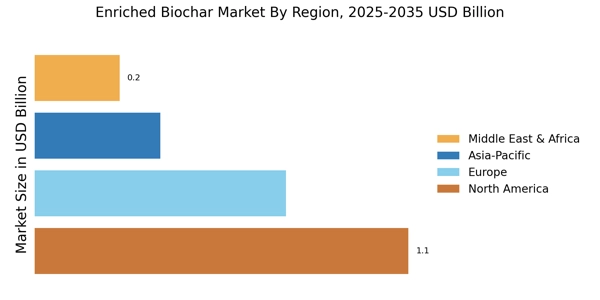
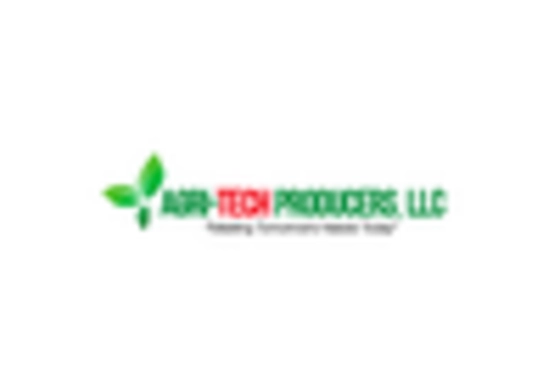
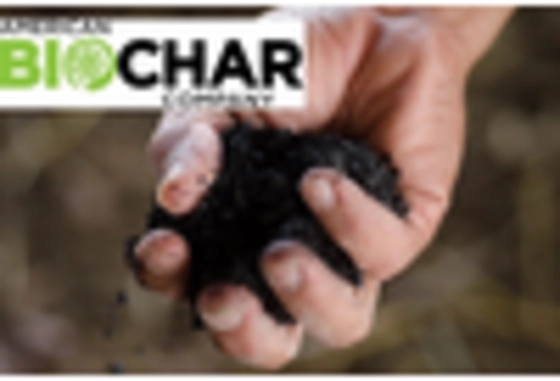

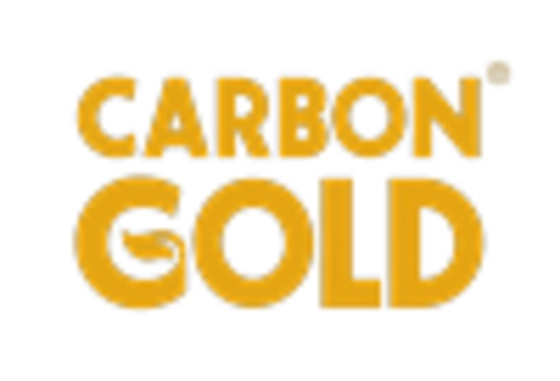
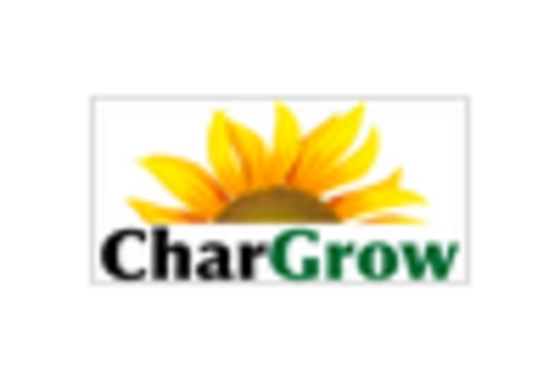









Leave a Comment